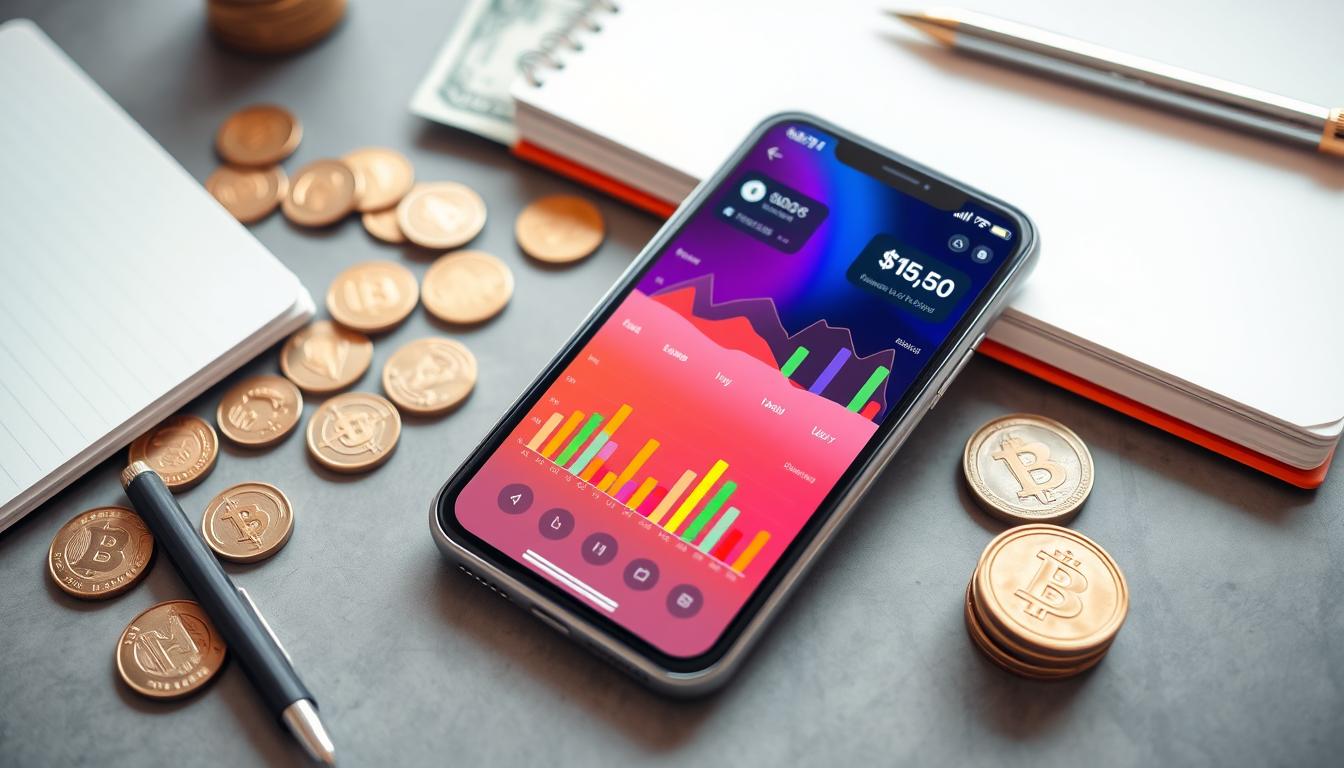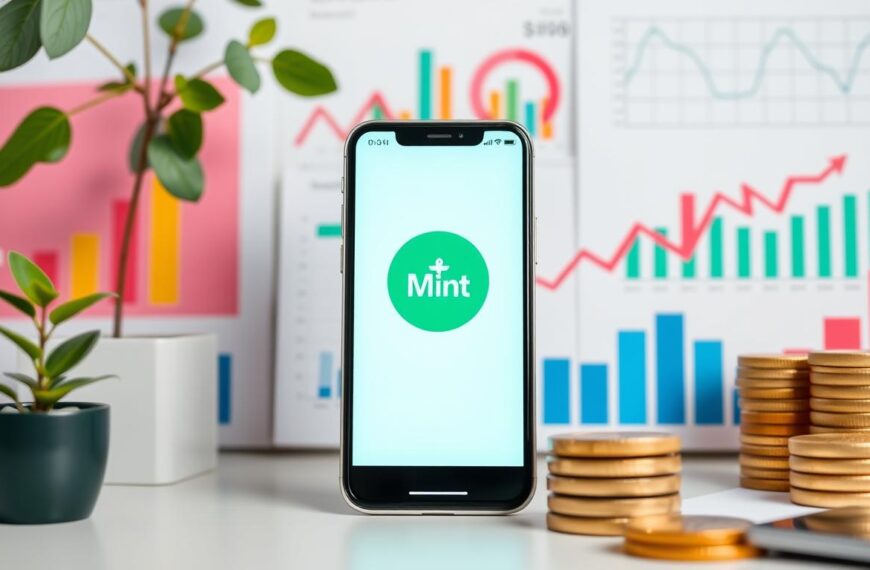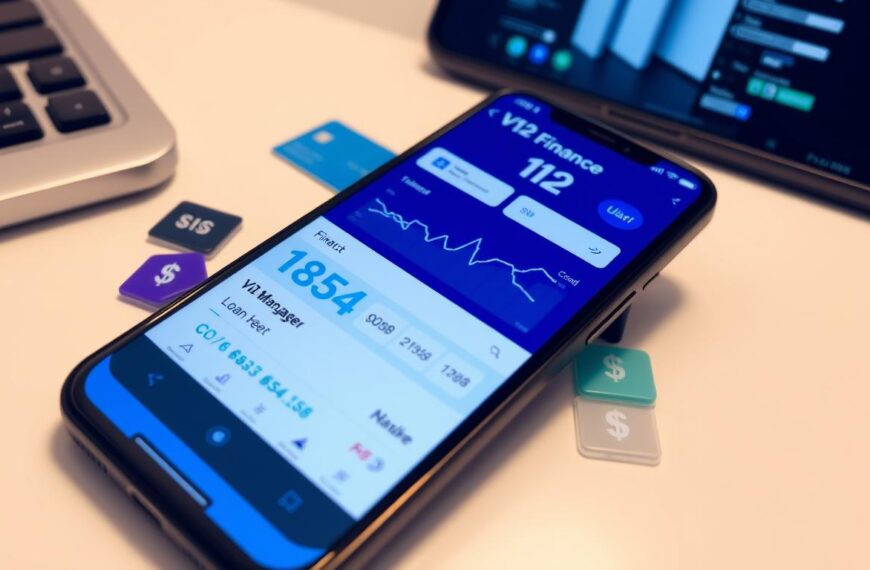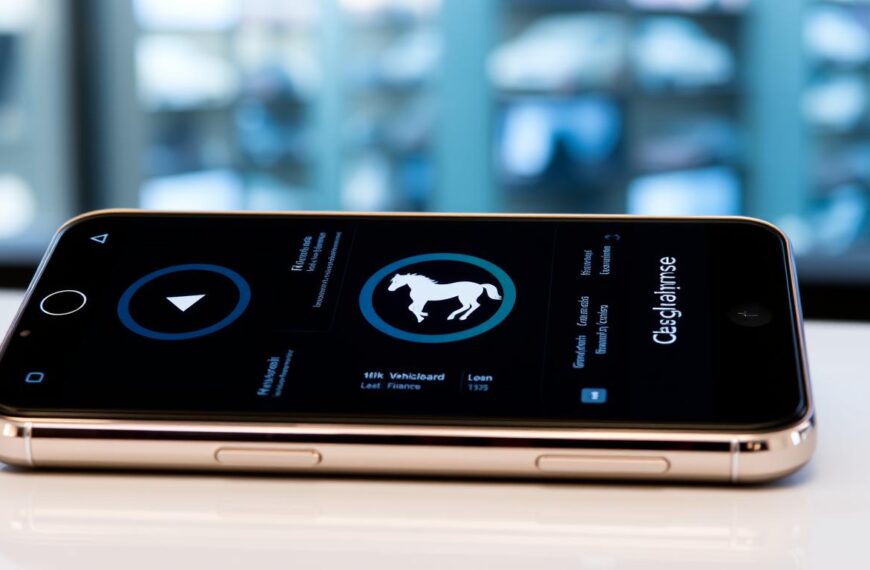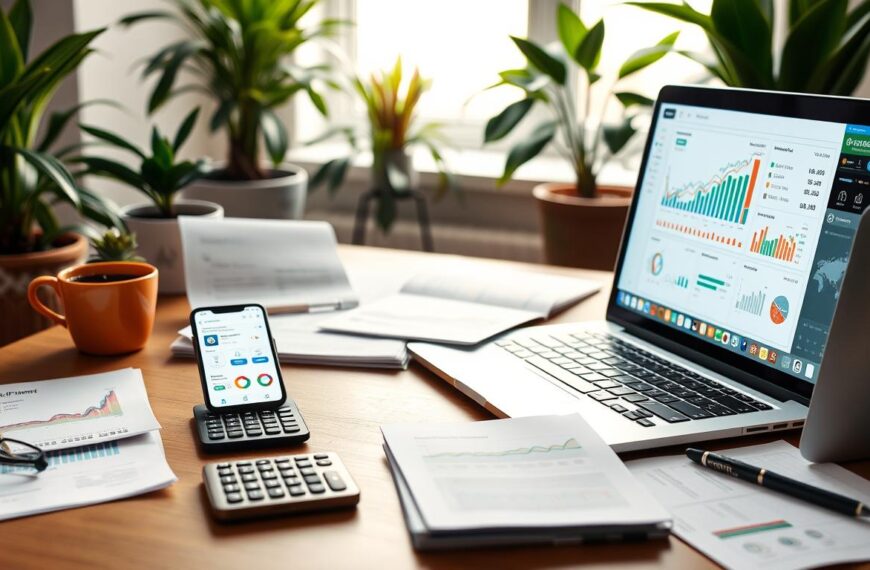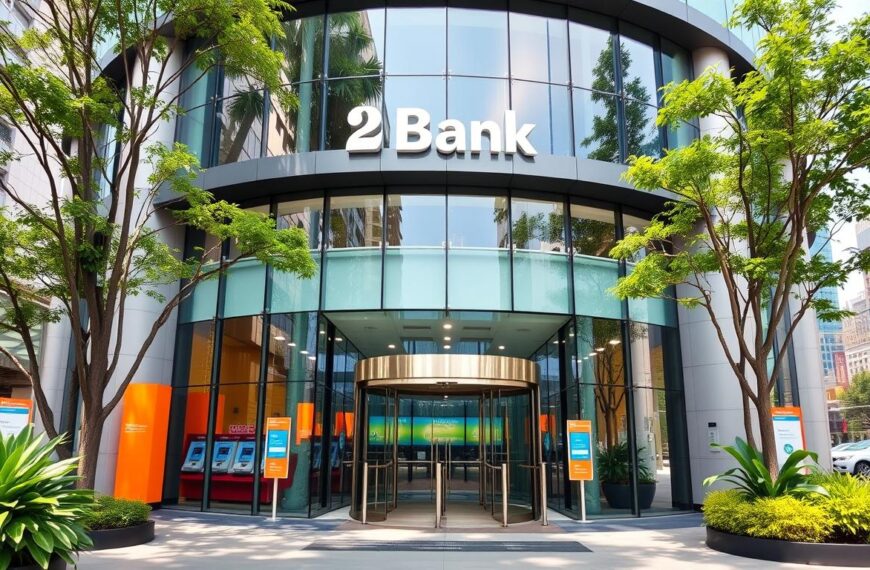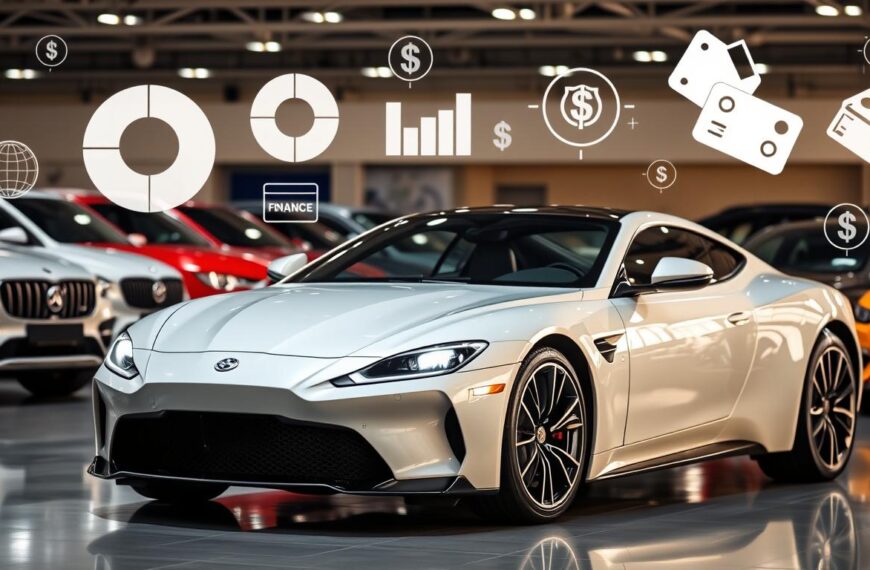Today, managing your money is much easier with finance apps. These apps are great for budgeting and tracking expenditures. A lot of people now use these apps to organise their finances better. They also use them to understand how they spend their money. A study shows that about 75% of smartphone users in the UK rely on at least one finance app. This shows how key these apps have become in managing money1.
These apps help set budgets and make tracking expenses easier. They offer useful insights to improve your financial health. Take Emma, for example, it’s drawn in over 1.6 million users since 2018. It assists users in navigating their financial paths smoothly2. Let’s look into some top finance apps and what to look for before using them in your budget plan.
Introduction to Budgeting Apps
Budgeting apps are now crucial for modern financial planning. They make it easy to keep an eye on spending, set budgets, and save money. With all your financial activities in one place, budgeting apps give a full view of your money. They are key to handling your finances well3.
Why Use a Budgeting App for Your Finances?
Budgeting apps do more than track what you spend. They sort your income and spending into categories like fun or bills. This helps you see where your money goes3. They also remind you to pay bills and track spending automatically with your bank. This makes managing money much easier3. Statistically, most people have around 2.5 finance apps on their phones. This shows more people are turning to tech to watch over their finances4.
The Role of Open Banking in Budget Management
Open banking is changing the game for budgeting apps. It lets apps safely use your bank data. This improves budgeting tools, giving you instant updates and insights on your spending. It makes managing money simpler and helps you plan better3. With the budgeting app market expected to grow significantly, open banking’s influence will only get stronger. Its use will be crucial in the market’s expansion to an estimated USD 359.01 million by 20324.
| Feature | Description |
|---|---|
| Comprehensive Overview | Centralises financial activities for clearer insights. |
| Automatic Tracking | Records transactions when linked to bank accounts. |
| Expense Categorisation | Categorises spending into distinct types. |
| Payment Reminders | Allows users to set reminders for bill payments. |
| Customer Support | Includes features like support chat for assistance. |
| Additional Resources | May offer financial education and forecasting tools. |
Features to Look for in Finance Apps
Finding the right finance app is key for good money management. They must be secure and easy to use. Also, they should work well with your bank. This makes handling money easier and keeps users coming back.
Security and Data Protection
Keeping financial details safe is a top priority. Finance apps need strong safeguards like multi-factor authentication and encryption. A study shows that techniques like 2FA prevent almost all automated online attacks5. It’s also crucial that these apps follow strict data protection rules such as GDPR6.
User-Friendly Interface and Experience
A great app must be easy to navigate. It should offer useful features like custom dashboards and alerts for odd transactions6. By focusing on users’ needs, these apps make managing finances less of a headache.
Integration with Bank Accounts and Assets
Good finance apps connect smoothly with your bank and investments. This lets you see your spending right away. It helps prevent spending too much. You can also view all your financial accounts in one spot, which is super handy6.
Best Finance Apps to Track Spending and Budget Effectively
Choosing the right finance app is crucial for managing your budget and spending wisely. This article highlights top finance apps, focusing on their features and how they meet various financial needs.
Emma
Emma shines with its strong budgeting and subscription tracking. It lets you combine accounts for a complete financial overview. Emma Pro, at £59.99 a year after a free trial, adds more benefits like custom categories and cashback rewards. This makes Emma a top choice in finance apps7.
HyperJar
HyperJar uses a ‘jar’ system to help manage money for specific aims, like travel or groceries. It comes with a prepaid card to spend from your jars directly. This visual budgeting method positions it as a preferred app for many.
Plum
Plum is all about savings and investments, catering to different budget levels. Plum Basic is free, while Plum Plus and Plum Pro cost £1 and £2.99 a month, each with a free trial. Plum’s variety makes it a strong choice for improving savings without big commitments7.
Snoop
Snoop merges your financial accounts and provides custom savings tips. Its easy use helps in monitoring spending patterns. Snoop is innovative in helping users manage finances and save more effectively.

Apps like Emma, HyperJar, Plum, and Snoop are among the finest available. They each offer unique ways to help users achieve their financial goals.
Cost Analysis: Free vs Paid Finance Apps
In the world of finance apps, users have two main choices: free or paid. Each type serves different needs and budgets.
Benefits of Free Finance Apps
Free finance apps are a great start for those new to managing money. They’re accessible and include basic tools for budgeting. This helps users track their spending well. Apps like Plum offer these tools at no cost8.
Some apps, such as Snoop, start free and let you pay for more features. This makes them flexible for different uses8.
When to Consider Upgrading to Paid Plans
Though free apps work well, paid ones can offer more. They have advanced analytics and personalized help, but at a cost. For deeper financial insights and less manual work, these are worth considering8.
Choosing between free and paid finance apps depends on your financial goals. Both free apps for basics and paid for more advanced features can be smart choices89.
| Feature | Free Finance Apps | Paid Finance Apps |
|---|---|---|
| Cost | £0 | Starting from £5/month |
| Basic Budgeting Tools | Yes | Yes |
| Automated Tracking | Limited | Comprehensive |
| Access to Enhanced Features | No | Yes |
| Personalised Analytics | No | Yes |
Conclusion
Choosing the right finance app is vital for good budget management and spending. Different apps offer features like ease of use and integration. They cater to various financial needs. Over 30 expert companies focus on digital finance services. These apps help users find custom solutions for their budgeting10.
Finance apps are praised for their features and customer support. They have high ratings, about 4.8 on average. This assures users they can make better financial choices and manage money efficiently11. Think about what you want financially. This will guide you to the app that meets your needs.
Exploring these apps and their features leads to improved financial control and spending. Using the right finance app daily makes budgeting easier. It builds a strong base for long-term financial health. This path leads to a wealthier future10.
FAQ
What are finance apps?
Finance apps are handy digital tools. They help you manage money by tracking spending, making budgets, and saving goals.
How can budgeting apps help me manage my finances?
Budgeting apps make it easy to keep track of spending and set money limits. They help you stay on top of finances and reach your goals.
What is open banking technology?
Open banking technology lets finance apps safely use your bank data. This improves how you monitor and control your money.
What key features should I look for in a finance app?
Look for apps with strong security, easy use, and smooth bank linking. These features help in managing your money better.
What are some popular budgeting apps available today?
Some well-liked budgeting apps are Emma, HyperJar, Plum, and Snoop. Each has special features to assist in tracking and budgeting.
Are free finance apps good enough for basic budgeting?
Certainly, free finance apps offer enough features for simple budgeting. They are great for managing finances without extra cost.
When should I consider upgrading to a paid finance app?
Consider a paid app for more advanced features, custom services, or deeper money management needs.

